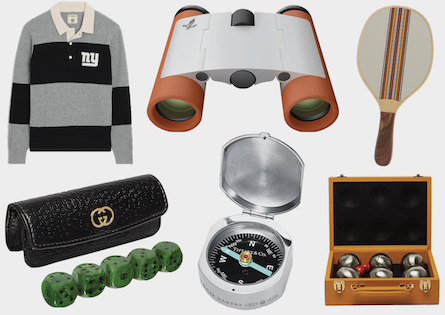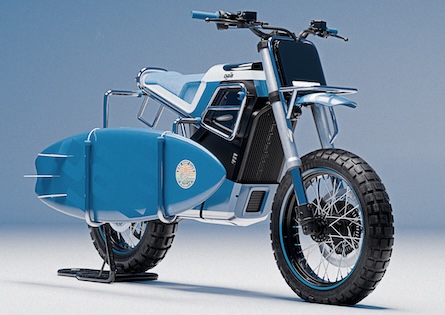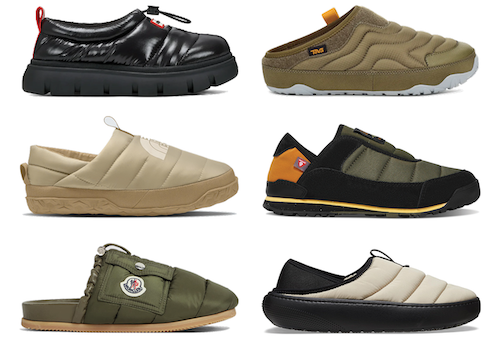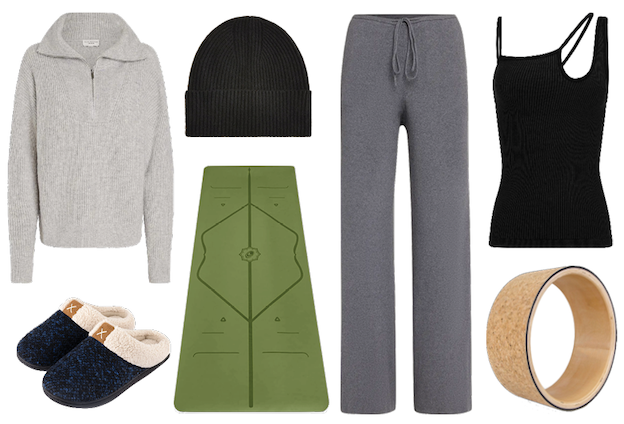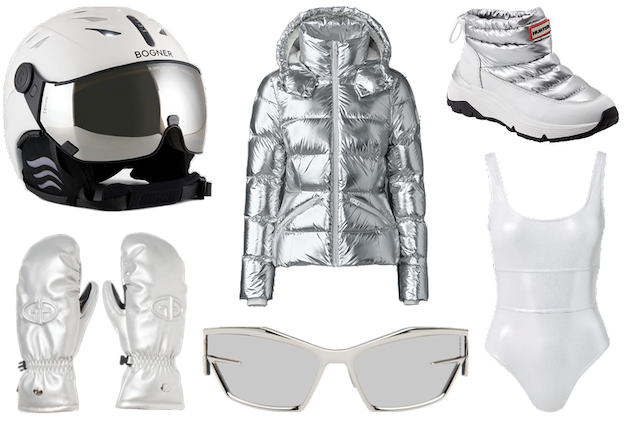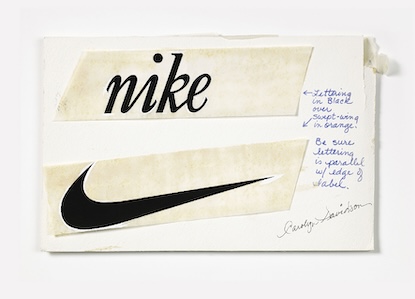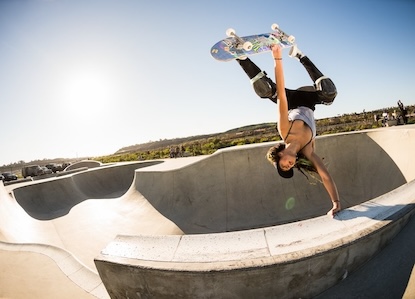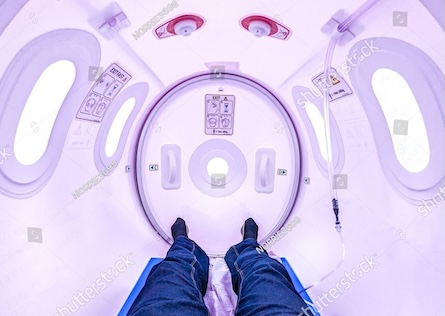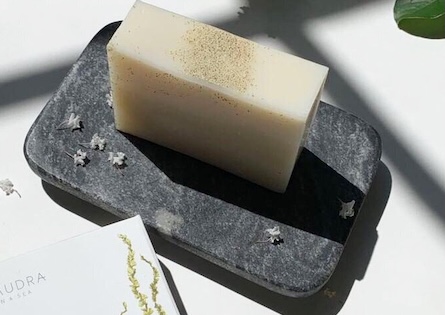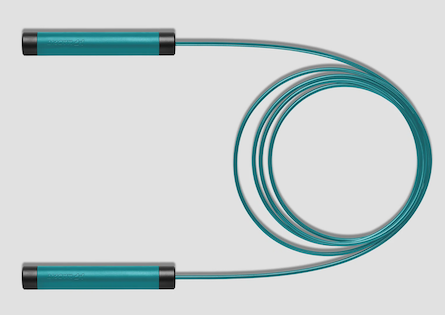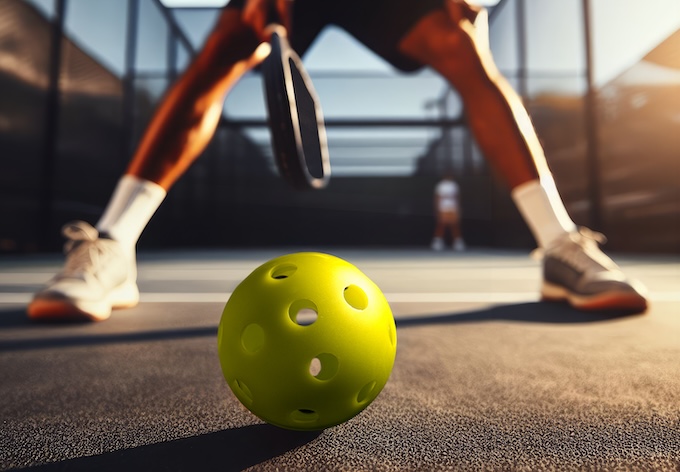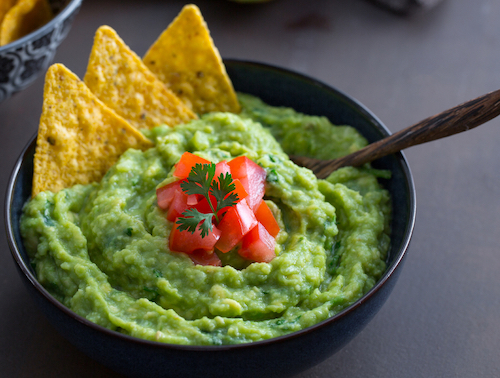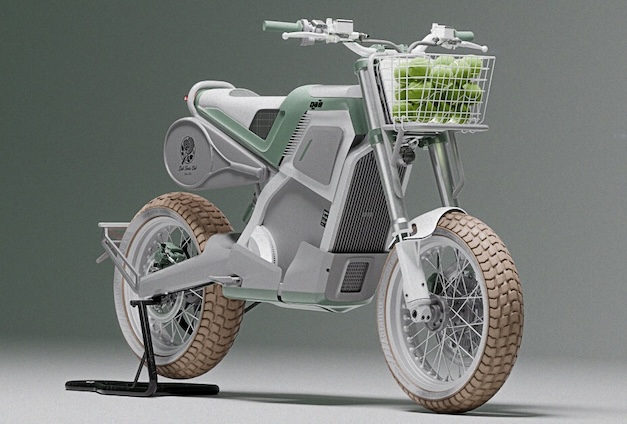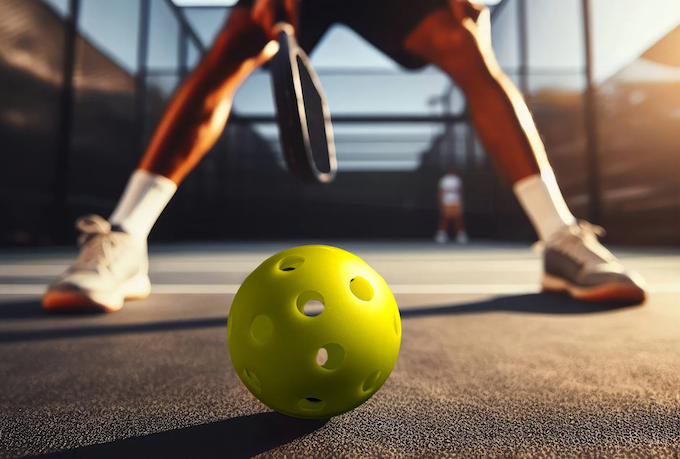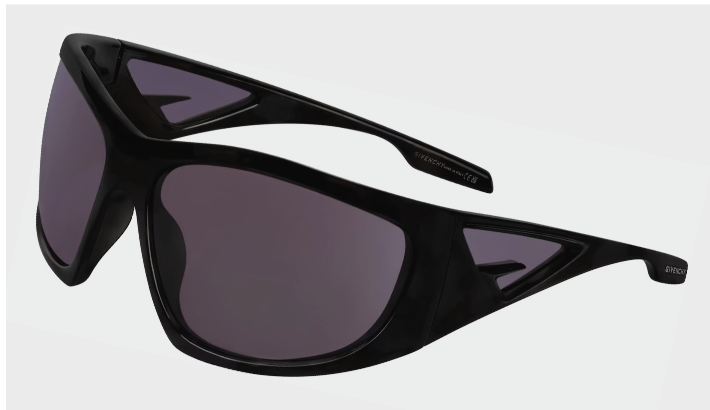The Association of Pickleball Professionals (APP) recently unveiled updated pickleball participation research that revealed 48.3 million adult Americans – nearly 19% of the total adult population – have played pickleball at least once in the past 12 months. But with its surging popularity have come a rise in injuries related to the game. While many believe that pickleball is less strenuous and easier on the body than tennis, given the small size of the court, there are a number of contributing factors.
Dr. Donald Rose M.D., an orthopedic surgeon in New York City says the onset of pickleball has led to many different types of injuries. A lot of his patients are former tennis players, who feel they can’t play tennis anymore, and want an alternative. “Whereas they may have played an hour of tennis, they feel they can play multiple hours of pickleball because they don’t have to cover as much ground. They go out thinking it’s just a simple game.”
Although the average age of players is 34.8 years old, revealed in that same APP study, patients Dr. Rose sees are generally 50 and over, who he says perhaps are not as conditioned as they were or should be. The other problem, he says, is pickleball is played on hard courts. Resulting injuries are due to chronic repetitive overuse like stress fractures, hip bursitis, planter fasciitis, achilles tendinitis, as well as ankle and knee strain.
Ben Buchanan, DPT, a physical therapist at Physical Therapy Central in Oklahoma City, has seen and treated many patients for injuries from pickleball in people 50 to 90 years old. He is also an avid pickleball player himself, and offers these insights on pickleball injuries and ways to prevent them.
“I recommend players perform a quality warmup before they take the court. This can look like a brisk walk or light jog, side shuffles, stretching, and single-leg balance exercises. It’s crucial that pickleball players wear appropriate footwear. Shoes that offer stability can lessen the chance of spraining an ankle. He also offers exercises to treat and prevent specific injuries:
Ankle Sprains: Short bursts and agility movements can lead to this injury. To treat an ankle sprain, I recommend doing ankle alphabets. With your leg in front of you, use your foot to trace the letters of the alphabet in the air.
Achilles Tendonitis: High-impact movements like jumping on the court can aggravate the Achilles. Heel raises are great for Achilles tendonitis. Stand with feet shoulder-width apart. Rise up on your toes and slowly lower for 2-3 seconds.
Knee Strains: Pivoting in pickleball can lead to meniscus injuries, LCL/MCL injuries, or general aggravation or inflammation in the joint. To prevent and treat these injuries, perform leg extensions. Sit in a chair with feet flat on the floor. Lift your leg straight in front of you, pause, and return to the starting position.
Pickleball Elbow: Like in tennis, the backhand can aggravate the outer part of the elbow and cause inflammation or, in some cases, microtears of tendons. I commonly use wrist curls to treat tennis elbow. Hold a small dumbbell or bottle of water in your hand and lay your arm on a flat surface, palm up. Lift using your wrist and lower slowly. Repeat with your palm facing down.
Shoulder Injuries: Reaching overhead to hit the ball can irritate the shoulder muscles, and lead to damage or tendonitis of the rotator cuff. To treat the injury, perform the doorway stretch. Stand in an open doorway with arms on each side of the frame. Keep hands at or below shoulder height and lean forward through the doorway for a light stretch.

